Fewer Americans identify as conservative than at any point in the Obama presidency

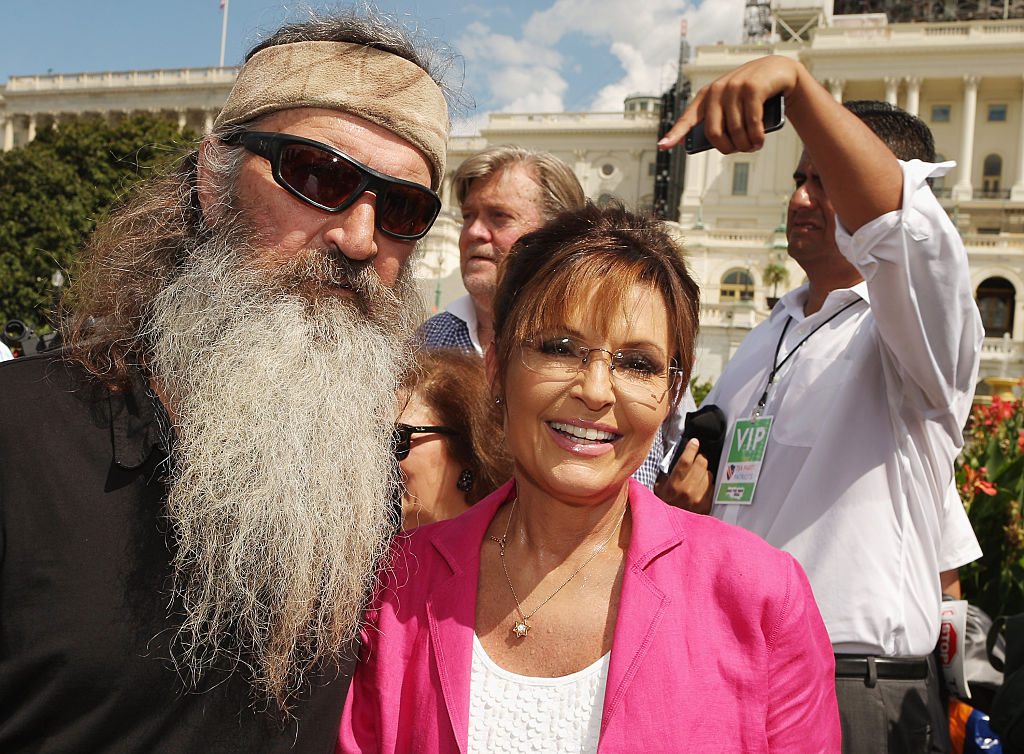
More Americans still identify themselves as conservative than liberal, but that gap is the smallest since Gallup began asking about political ideology in 1992, the polling firm reported Tuesday. The current 11-point gap — 36 percent of Americans self-identify as conservative versus 25 percent who call themselves liberal; the other 34 percent are self-described moderates — is half of what it was in 1996 and down from 14 points in 2014.
The main factor, Gallup says, is the steady rise of Democrats and left-leaning independents adopting the liberal label since 2000, but there has also been a decline in the number of Republicans and right-leaning independents calling themselves conservative, at 63 percent in 2016 from a peak of 67 percent in the Tea Party heyday of 2009 and 2010. In fact, the conservative sliver of the electorate is lower than the 37 percent when President Obama was elected, and at any point since.
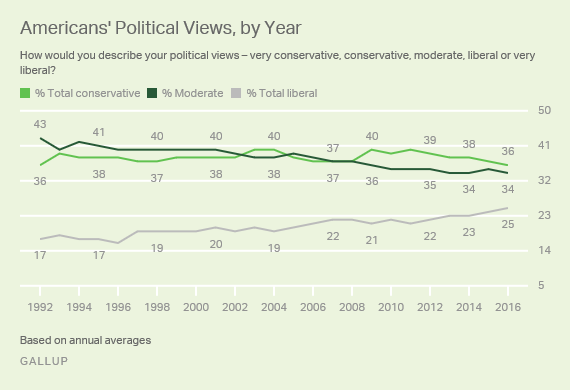
In all, the conservative faction in Gallup's survey has been the steadiest of the three political ideologies, fluctuating between 36 percent and 40 percent while the moderate slice has steadily shrunk and Democrats warmed up to the liberal designation. Starting in 2015, self-described liberals became the largest group of the Democratic coalition, and now beat out moderates, 44 percent to 41 percent. The growth in people calling themselves liberal has mostly come from older Democrats and white people.
The Week
Escape your echo chamber. Get the facts behind the news, plus analysis from multiple perspectives.

Sign up for The Week's Free Newsletters
From our morning news briefing to a weekly Good News Newsletter, get the best of The Week delivered directly to your inbox.
From our morning news briefing to a weekly Good News Newsletter, get the best of The Week delivered directly to your inbox.
That leaves America more polarized than at any time in 25 years, probably, says Gallup's Lydia Saad. "The most obvious implication of this after the 2016 election is that the parties may increasingly nominate candidates who are wholly unacceptable to the opposing party," and elect more ideologically homogeneous people to Congress, she says. "On the other hand, if the term 'liberal' is simply growing in public acceptance, the shift could be more a matter of semantics than a paradigm change." You can read more about the findings at Gallup.
A free daily email with the biggest news stories of the day – and the best features from TheWeek.com
Peter has worked as a news and culture writer and editor at The Week since the site's launch in 2008. He covers politics, world affairs, religion and cultural currents. His journalism career began as a copy editor at a financial newswire and has included editorial positions at The New York Times Magazine, Facts on File, and Oregon State University.
-
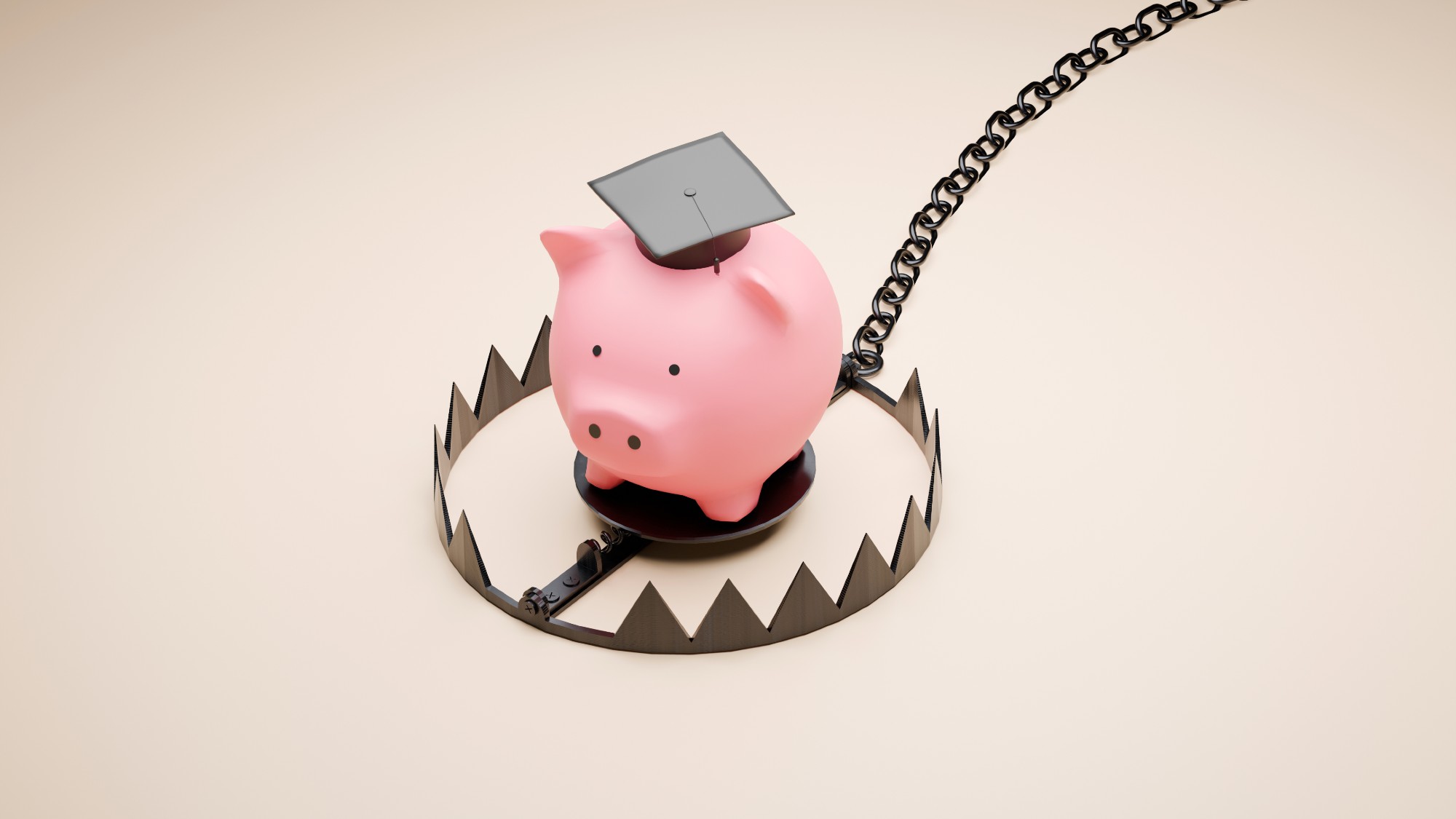 Do you have to pay taxes on student loan forgiveness?
Do you have to pay taxes on student loan forgiveness?The Explainer As of 2026, some loan borrowers may face a sizable tax bill
-
 Planning a move? Here are the steps to take next.
Planning a move? Here are the steps to take next.the explainer Stay organized and on budget
-
 What should you look out for when buying a house?
What should you look out for when buying a house?The Explainer Avoid a case of buyer’s remorse
-
 The billionaires’ wealth tax: a catastrophe for California?
The billionaires’ wealth tax: a catastrophe for California?Talking Point Peter Thiel and Larry Page preparing to change state residency
-
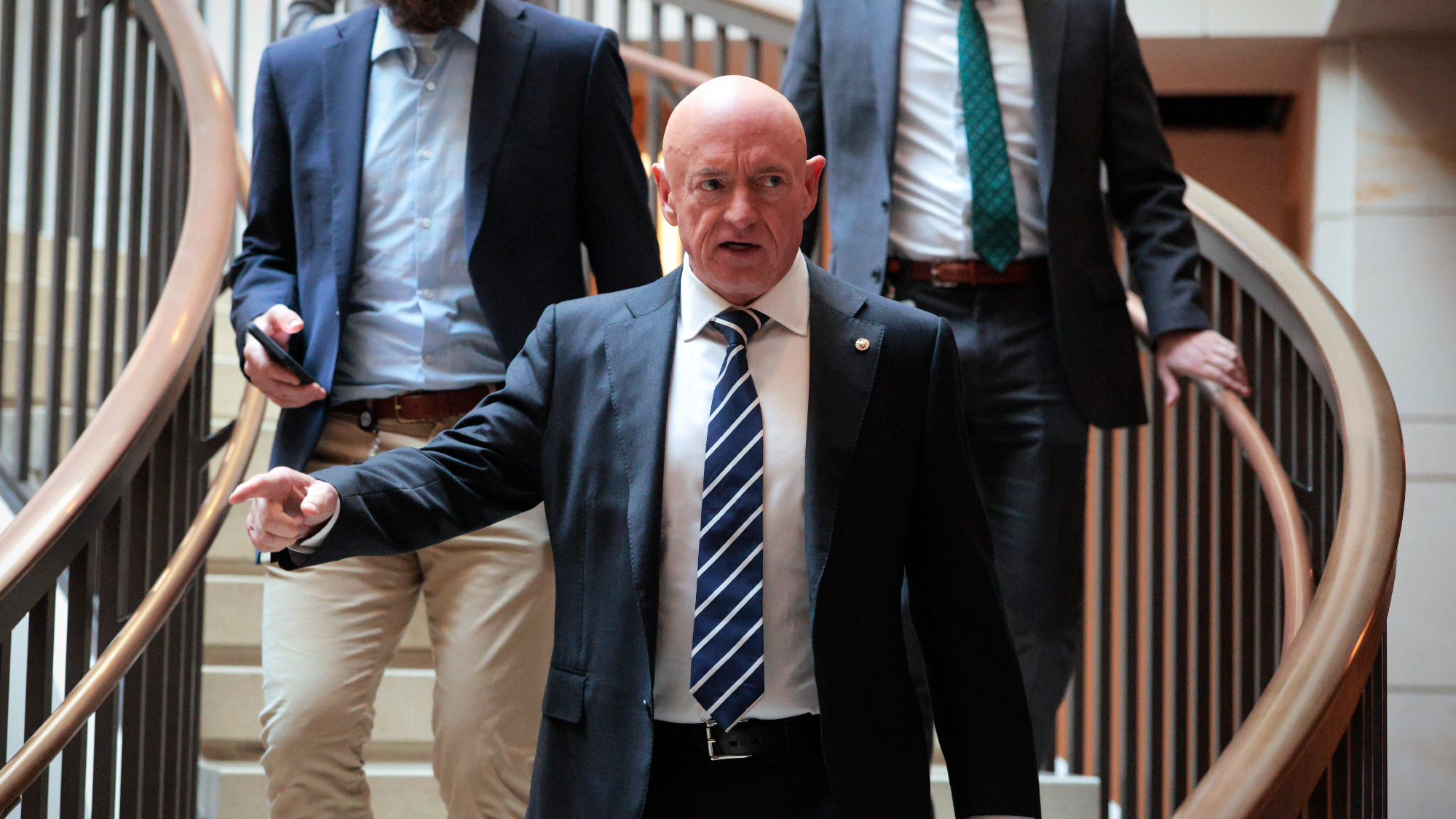 Hegseth moves to demote Sen. Kelly over video
Hegseth moves to demote Sen. Kelly over videospeed read Retired Navy fighter pilot Mark Kelly appeared in a video reminding military service members that they can ‘refuse illegal orders’
-
 Trump says US ‘in charge’ of Venezuela after Maduro grab
Trump says US ‘in charge’ of Venezuela after Maduro grabSpeed Read The American president claims the US will ‘run’ Venezuela for an unspecified amount of time, contradicting a statement from Secretary of State Marco Rubio
-
 Bari Weiss’ ‘60 Minutes’ scandal is about more than one report
Bari Weiss’ ‘60 Minutes’ scandal is about more than one reportIN THE SPOTLIGHT By blocking an approved segment on a controversial prison holding US deportees in El Salvador, the editor-in-chief of CBS News has become the main story
-
 CBS pulls ‘60 Minutes’ report on Trump deportees
CBS pulls ‘60 Minutes’ report on Trump deporteesSpeed Read An investigation into the deportations of Venezuelan migrants to El Salvador’s notorious prison was scrapped
-
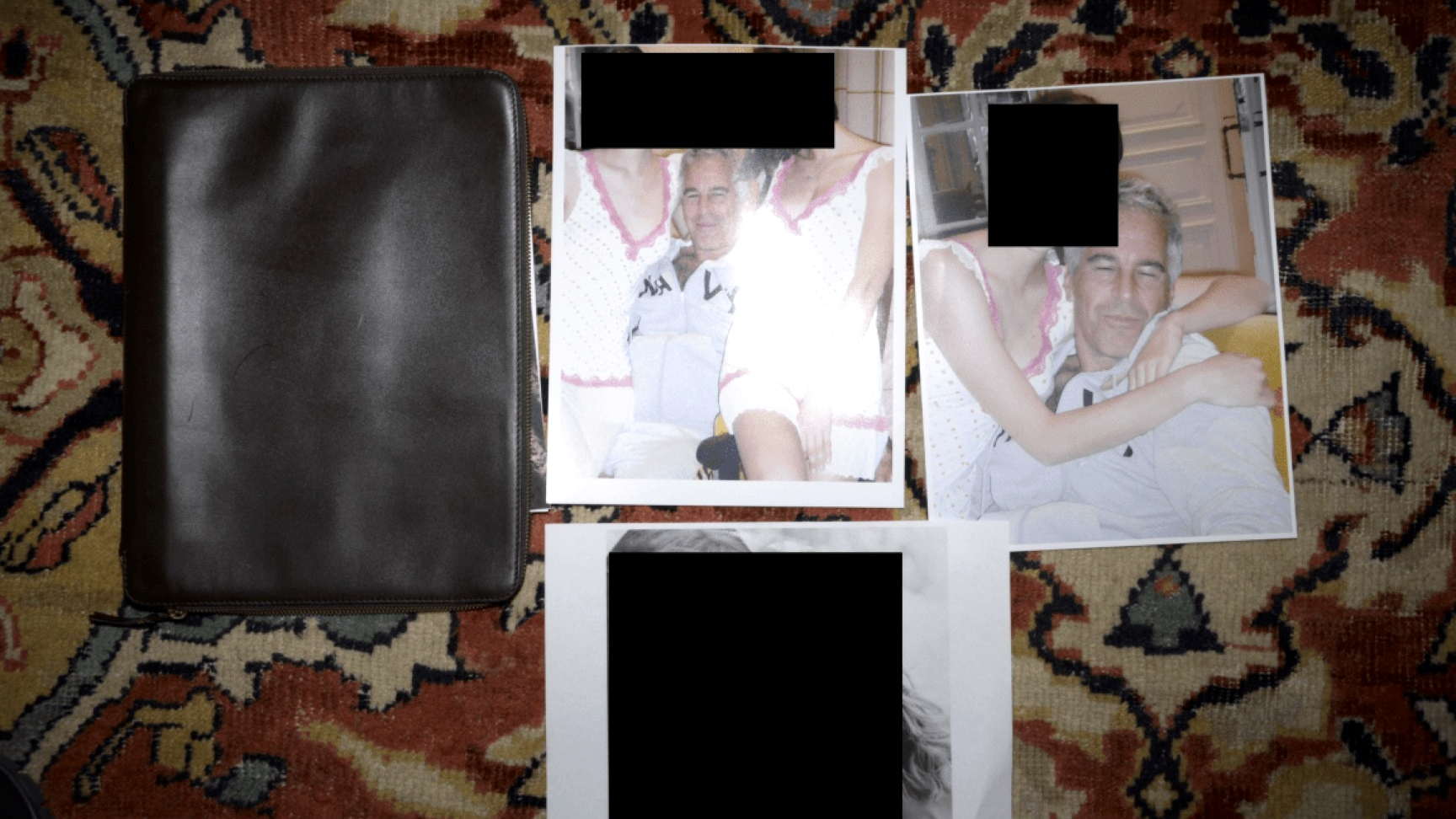 Trump administration posts sliver of Epstein files
Trump administration posts sliver of Epstein filesSpeed Read Many of the Justice Department documents were heavily redacted, though new photos of both Donald Trump and Bill Clinton emerged
-
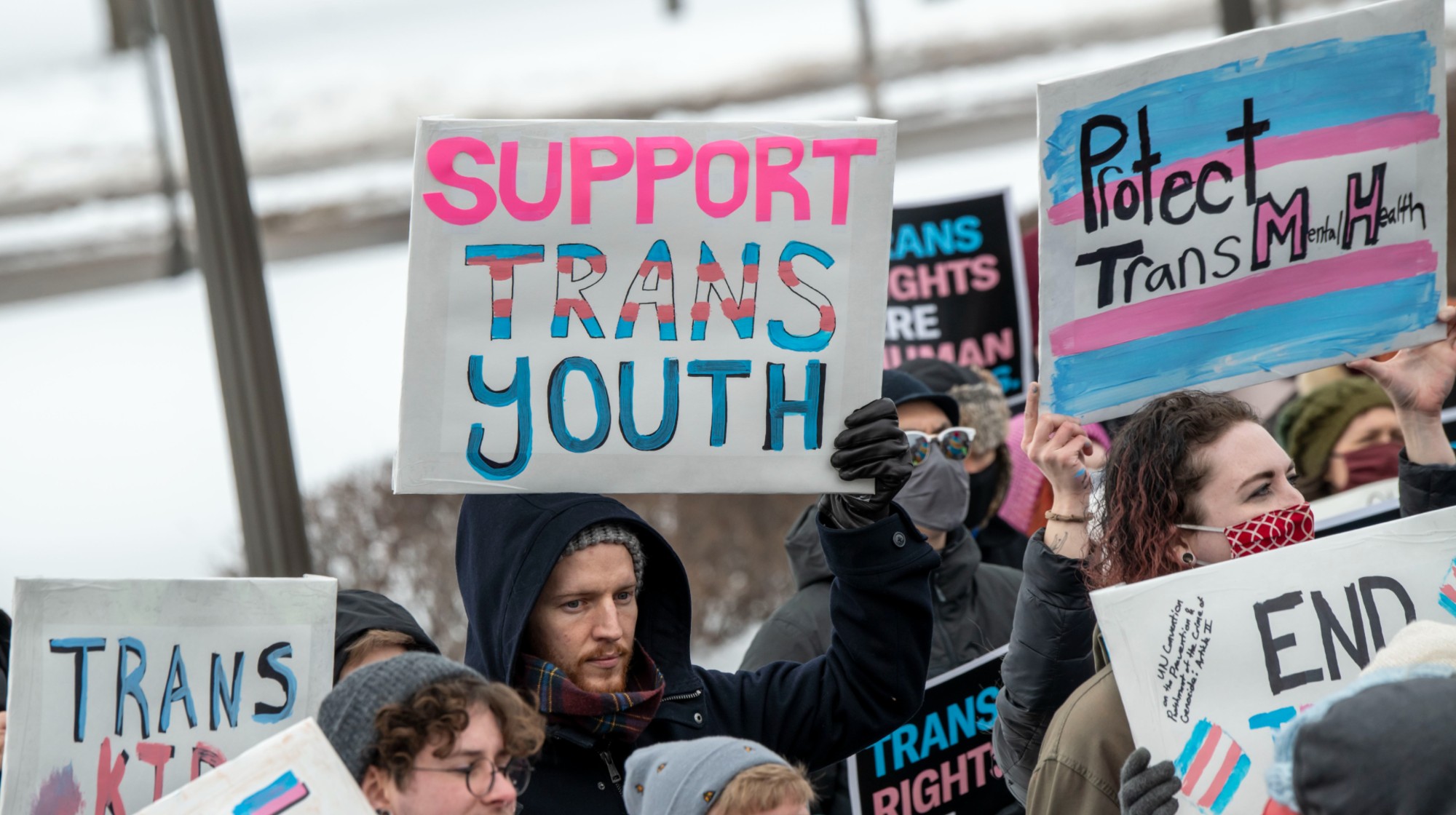 Trump HHS moves to end care for trans youth
Trump HHS moves to end care for trans youthSpeed Read The administration is making sweeping proposals that would eliminate gender-affirming care for Americans under age 18
-
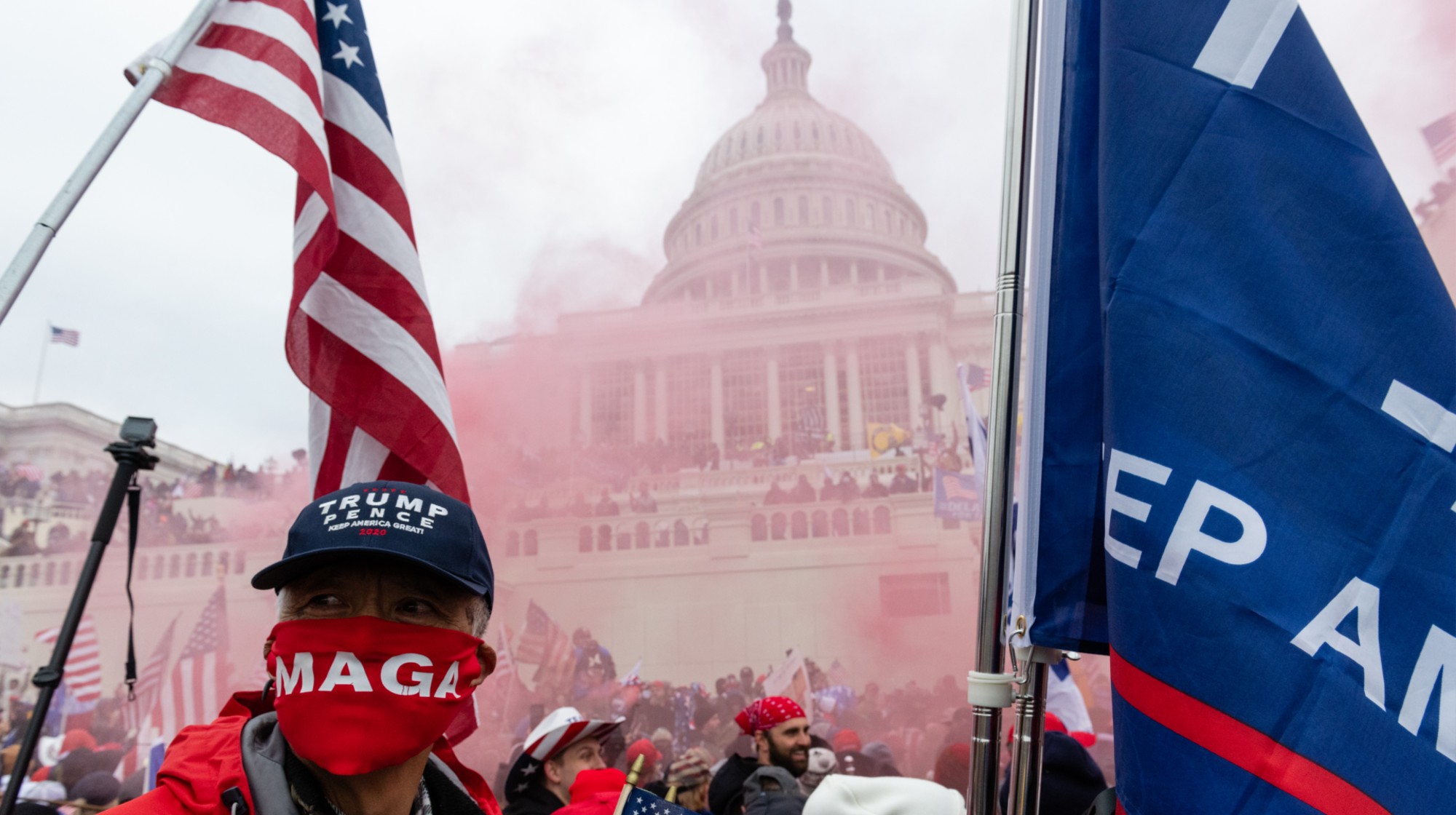 Jack Smith tells House of ‘proof’ of Trump’s crimes
Jack Smith tells House of ‘proof’ of Trump’s crimesSpeed Read President Donald Trump ‘engaged in a criminal scheme to overturn the results of the 2020 presidential election,’ hoarded classified documents and ‘repeatedly tried to obstruct justice’
